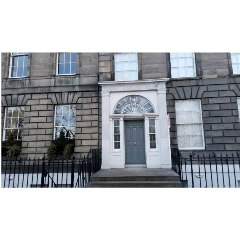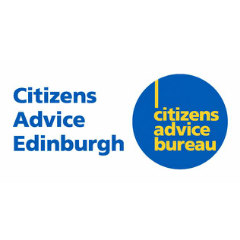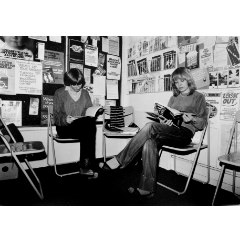
Site of hospital today
Meadowside House, 7 Lauriston Lane, Edinburgh EH3 9EN
On 15th February 1860, the Royal Edinburgh Hospital for Sick Children opened its doors at 7 Lauriston Lane with 20 beds and a dispensary. Three years later, in 1863, it was given royal patronage by Queen Victoria and moved to Meadowside House which increased its capacity to 40 beds. The opening of the hospital meant that Edinburgh at last fell in line with other cities worldwide who had opened hospitals dedicated to children. Given Scotland’s alarmingly high child mortality rates – in the late 1850s, almost half of Scottish children died before their sixth birthday – such as hospital was sorely needed. One of the original team of four doctors at the hospital was Dr Henry Littlejohn. Like Professor Alison, Dr Littlejohn would go on to become an important figure in public health in Edinburgh. He was appointed Edinburgh’s first Medical Officer of Health, the first role of its kind in Scotland, and the conclusions of his ‘Report on The Sanitary Conditions of the City of Edinburgh’ that he published in 1865 were key to providing the motivation for the founding of the Edinburgh Association for Improving the Condition of the Poor.
Photo credits: Lucy Ridley, Our Town Stories Collection























